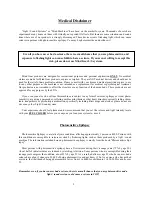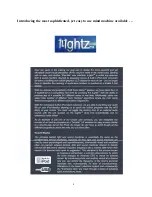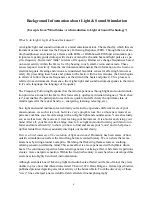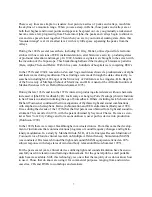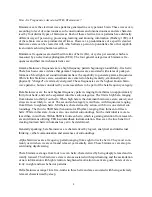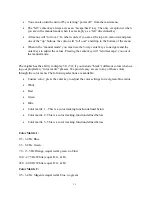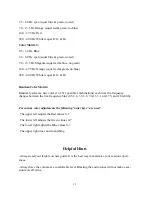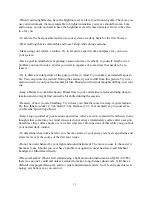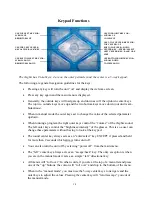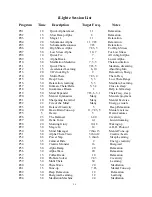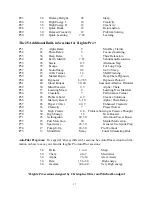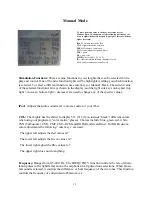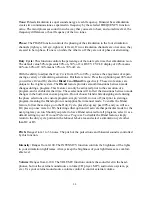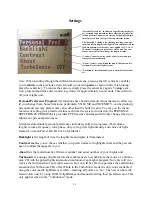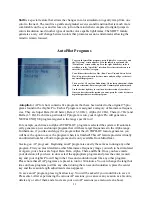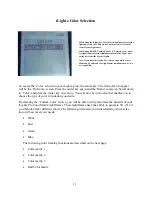
8
How Are Frequencies Associated With Brainwaves?
Brainwaves are the electrical wave patterns generated in every person's brain. These waves vary
according to level of consciousness, sub-consciousness and unconsciousness and are character-
ized by four distinct types of brainwaves. Each of these electrical wave patterns have distinctly
different ways of perceiving, processing, learning and knowing information (Hoiberg 1989). All
of these brain waves are produced at all times. However, a predominance of a specific desired
brainwave state can be created at will, which allows a person to potentialize his or her capabili-
ties towards achieving human excellence.
Brainwave frequencies are described in terms of hertz (Hz), or cycles per second, which are
measured by an electroencephalogram (EEG). The four general categories of brainwave fre-
quencies and their main characteristics are:
Gamma brainwave frequencies are a high frequency pattern beginning around thirty-five hertz.
There has been some evidence that gamma frequencies are associated with states of peak per-
formance. Most light and sound instruments have the capability to generate gamma frequencies.
While in this brainwave state, sensations are centered on being mentally, emotionally and
physically "charged" or extremely energized. These frequencies are the highest known brain-
wave patterns, but are considered by some researchers to be part of the beta frequency category.
Beta brainwaves are the next highest frequency pattern, ranging from thirteen to approximately
thirty-four hertz, and can be separated into three sub-categories. The first is high beta, ranging
from nineteen to thirty-four hertz. When high beta is the dominant brainwave state, anxiety and
stress are most likely to occur. The second sub-category is mid beta, with frequencies ranging
from fifteen to eighteen hertz. Mid beta is characterized by action, with focus on external sur-
roundings. The third is SMR beta (Sensorimotor Rhythm), ranging from thirteen to fifteen
hertz. While in this state, focus is also on external surroundings, but the individual is more re-
laxed than in mid beta. Within SMR is fourteen hertz, which is gaining attention from research-
ers and clinicians utilizing EEG/neurofeedback instrumentation. However, the true benefit of
creating fourteen hertz in humans has yet to be determined.
Generally speaking, beta brainwaves are characterized by logical, analytical and intellectual
thinking, verbal communication and awareness of surroundings.
Alpha brainwaves are a frequency pattern ranging from eight to twelve hertz. They most com-
monly occur when we are calm and relaxed, yet mentally alert. These brainwaves are also pre-
sent during daydreaming.
Theta brainwaves range from four to seven hertz, characterized by being deeply relaxed and in-
wardly focused. This brainwave state is also associated with rapid learning and the assimilation
of new information with high retention, heightened motivation to activate goals, bursts of crea-
tivity, insight and new behavior patterns.
Delta brainwaves range from five-tenths to three hertz and are associated with being extremely
relaxed, characterized by sleep.


